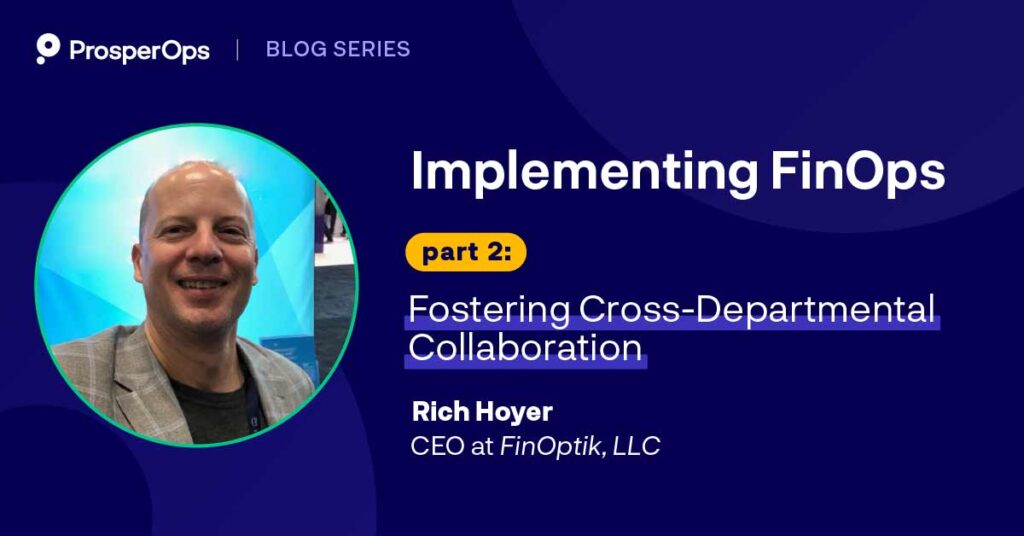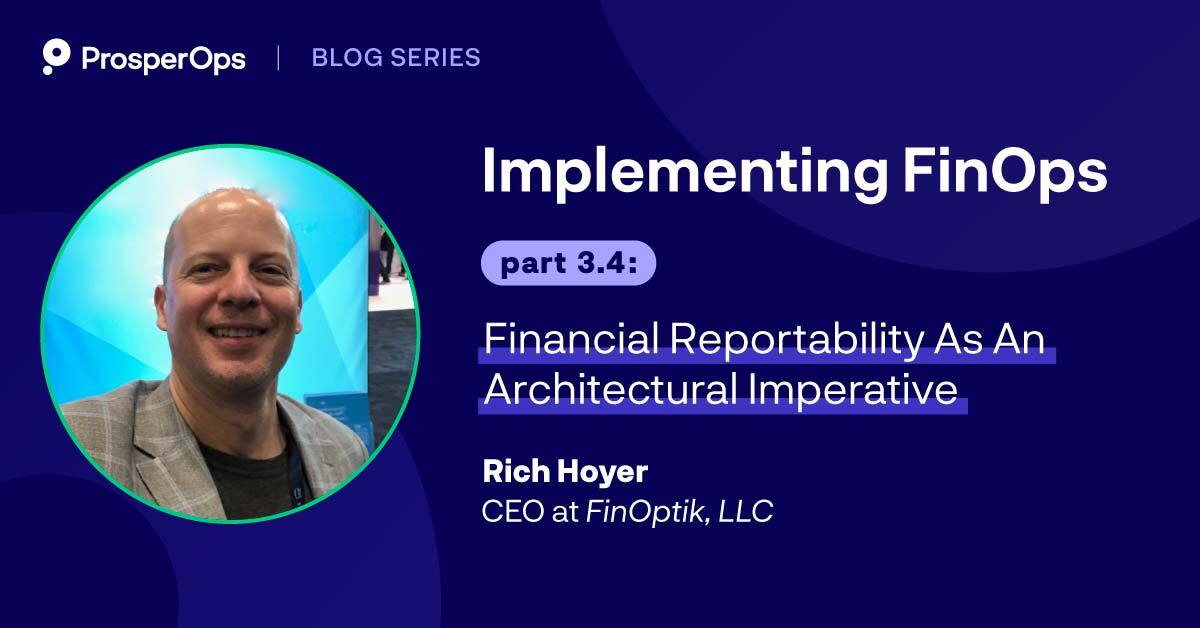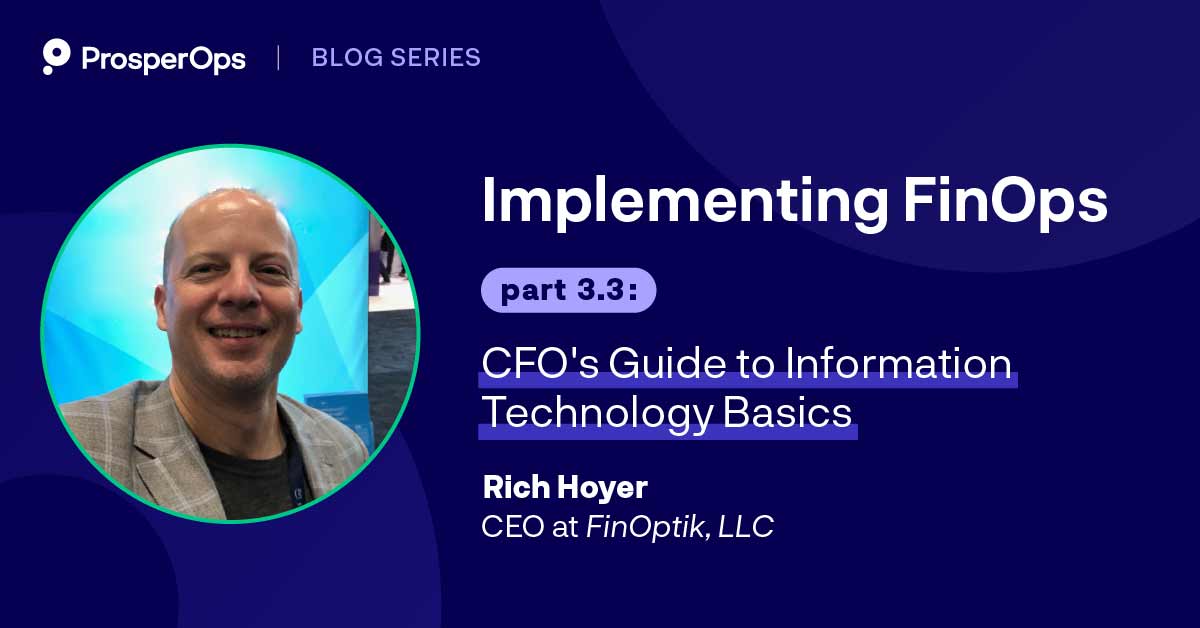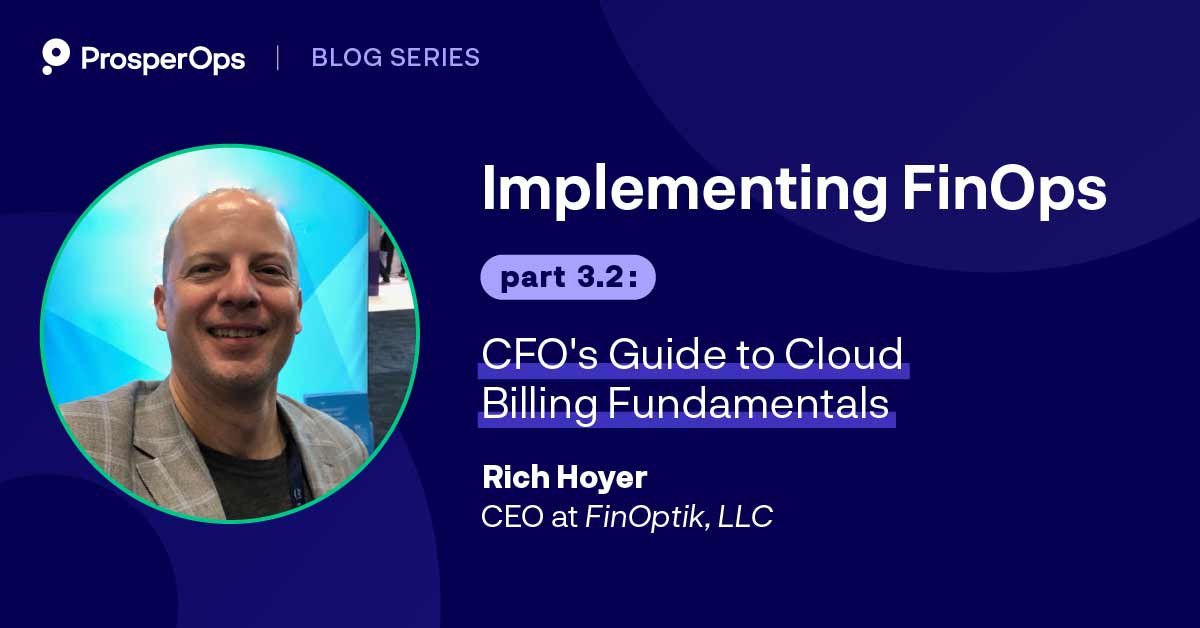In Part 1 of the Implementing FinOps series, we discussed the need for collaboration between engineering and finance teams. Part 2 delves into the root cause of the communication gap and how it can be solved, paving the way for collaborative cloud cost management.
Lack Of Hierarchical Influence in Cross-Departmental Interactions
Most commercial enterprises are organized into hierarchical structures where supervisors have explicit influence over their subordinates’ actions. This chain of authority makes it relatively straightforward to manage tasks. However, how can we handle situations that involve cross-departmental scenarios with individuals over whom we don’t have any direct authority? This is exactly the problem of CTO-CFO dynamic relationship.
Interactions between the finance department (CFO’s office) and the technology department (CTO’s office) often highlight these challenges, as there usually are situations where one needs to persuade the other to take certain actions without having formal authority to enforce these requests.
The shift to public cloud computing has significantly increased the potential for misalignment between these two departments. This is because the real-time procurement of cloud services, through simple clicks or scripts, bypasses the traditional process of request, review, and approval that used to regulate IT spending. Now, finance and technology teams are required to collaborate consistently without any standard procedure.
Common challenges resulted from this dramatic shift include the finance team’s need for more accurate and detailed forecasting or the technology team’s need for budget approval to secure commitment-based discount agreements with cloud vendors. Both sides are required to negotiate and influence each other in a political environment, without relying on the “explicit organizational influence” to get things done. How can each party effectively meet their needs through peer-to-peer negotiation? This is where proactive communication and informal bonding can really help!
How to Bridge the Gap in Cross-Departmental Interactions?
From our experience, when interactions between departments don’t go well, it’s usually because there’s a lack of personal connection between the people involved. It’s not too hard to see why this would be so. How many of us would have positive associations with an individual who only contacts us to make a request – or worse, to make a demand or to lodge a complaint? Our association with such an individual quickly takes on a tone of “Ugh! John from Finance is calling me again…”
Building an Informal Bond First:
Establishing a good relationship with counterparts in other departments is the first and most important step in building trust and credibility with our peers. Establishing a regular cadence of communication with key personnel is crucial to understand their goals and challenges. A ratio of social or informal interactions to formal business meetings should be targeted to ensure a healthy mix. Ideally this ratio would be at a minimum of 1:1, although 2:1 or 3:1 would be better.
The positive impact of building these relationships cannot be overstated. Consider, for example, how much easier it would be for a finance practitioner to ask for help expediting delivery of month-end cost figures from a technology leader after discovering that both parties are Red Sox fans, or after having engaged in playful ribbing because the technology leader graduated from Tech while the finance leader went to State.
Understanding the Motivations of Cross-Departmental Counterparts:
During these informal interactions, it’s beneficial to understand the personal incentives of your counterparts within the organization. In some cases this will be literal, for example by learning how their compensation plan and promotional paths are structured, but there may be more subjective incentives that are helpful to understand. What is the role of the technical leader’s career in her life? Is she highly ambitious, striving for recognition on her way to the next promotion? Or at an opposite extreme is she “checked out” of either the organization or from career advancement, preferring to “phone in” her work and do the bare minimum?
Recognizing these dynamics can offer insights into how she might be motivated to undertake actions you currently desire. For instance, if she is driven by her career, you could find ways to showcase her contributions to Finance to her supervisor. On the other hand, if she is less motivated by her work, you might aim to reduce her workload, ensuring she notices your efforts to do so. Engaging in such strategic exchanges is crucial in any political interaction when direct hierarchical influence is absent.
Understanding Departmental Dynamics Within Teams:
Getting to know your counterparts also involves gaining a deeper understanding of the dynamics within their own departments. For example, if the VP of Finance is consistently pressuring the VP of Engineering for quick delivery of month-end numbers, the pressure would definitely pass to the engineering leader. Thus, it’s beneficial for the engineering leader to understand the source of this pressure. Who is waiting for these reports from the VP, and what other factors contribute to the urgency around the month-end close?
During the same interaction the technical leader can help the Finance VP understand the full chargeback process including what data sets are involved, what post processing must be completed, and when cost data becomes available from the cloud vendor. Because of the complex cloud economics, finance people usually are not aware of how the cloud operates. For example, the Finance VP might know that Enterprise Support charges are often unavailable until a few days after the first of the month. Thus, proactive communication in inter as well as intra-departmental interactions allows empathy to grow and provides the necessary context to mitigate frustration when one party cannot fulfill the other’s request.
The Action Plan to Collaborative Cloud Management
Moving forward, here’s what you can focus on to bridge the gap in cross-departmental interactions:
- Initiate Regular Cross-Departmental Meetings: Beyond informal interactions, establish a structured yet flexible schedule of meetings that bring together key stakeholders from finance, technology, and other relevant departments. Use these meetings not just for updates, but for strategic planning and brainstorming sessions.
- Develop a Shared Vision: Work together to create a unified vision for how finance and technology can collaborate more effectively. This vision should include shared goals, such as cost savings, efficiency improvements, and innovation, and outline how each department can contribute.
- Implement Cross-Training Programs: Encourage a culture of continuous learning by introducing cross-training opportunities. This could involve short-term job rotations, joint workshops, or shared online courses, helping team members understand the challenges and workflows of their counterparts.
- Establish Joint KPIs: Define key performance indicators (KPIs) that reflect the success of cross-departmental collaboration and establish shared responsibility for cloud cost management. These KPIs should be aligned with the shared vision and encourage departments to work together towards common objectives.
- Celebrate Successes Together: Recognize and celebrate achievements that result from cross-departmental collaboration. Highlighting these successes can serve as a powerful motivator and reinforce the value of working together.
You can check out a recent conversation with Rich on the Faces in FinOps Podcast: Episode 12 where he and Jon Myer discuss CTO-CFO collaboration.
For more insights into FinOps and how to enhance your cloud cost management, visit our blog at ProsperOps or book a demo to understand how our FinOps experts can help you save more on the cloud.
About the writer: Rich Hoyer is a FinOps thought leader with over 27 years of experience in IT and Finance, and he is the CEO and co-founder of FinOptik, a niche cloud financial management agency.




